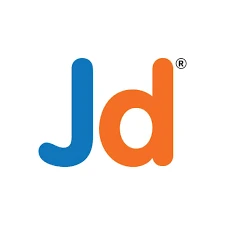|| About Health Care Analytics
The courses on Health Care Data Analytics that are included highlight the fundamental analytics methods and resources utilized in the field and provide a solid foundation for employment in medical data analysis, informatics, and patient outcome improvement. The course emphasizes practical application through hands-on projects and case studies that simulate real-world healthcare scenarios. Participants will gain proficiency in data visualization, statistical analysis, predictive modeling, and healthcare data ethics and privacy regulations. By mastering healthcare data analytics, professionals can improve patient outcomes, optimize healthcare delivery processes, identify trends in public health, and support evidence-based decision-making in clinical settings and healthcare management.
The benefits of this course are significant. Graduates will be well-positioned to pursue careers in healthcare analytics, healthcare administration, clinical research, and healthcare consulting. The demand for healthcare data analysts is growing as healthcare organizations increasingly rely on data-driven insights to improve operational efficiency, reduce costs, and enhance patient care quality. Moreover, the ability to interpret and communicate data effectively allows professionals to contribute to advancements in medical research and healthcare policy, addressing critical challenges in healthcare delivery and population health management.
Overall, the Healthcare Data Analytics course not only prepares individuals for rewarding careers in the healthcare industry but also equips them with the skills to make a meaningful impact on healthcare outcomes and public health initiatives through data-driven insights and innovations.
The benefits of a healthcare analytics course are far-reaching. By mastering healthcare analytics, participants can significantly contribute to improving patient outcomes through data-driven insights that inform treatment plans and preventive care strategies. Enhanced analytical skills enable healthcare professionals to optimize hospital operations, reducing costs and improving resource allocation. The ability to predict disease trends and patient needs leads to proactive care and better population health management. Moreover, the course fosters a deeper understanding of healthcare policies and compliance requirements, ensuring that data usage adheres to regulatory standards. Ultimately, healthcare analytics empowers professionals to drive innovations in healthcare delivery, leading to more efficient, effective, and personalized patient care. supplying suggestions and aiding in decision-making to enhance facility performance. use data analysis to identify patterns and trends. Through the use of data-driven insights, our curriculum equips participants to effectively contribute to the healthcare analytics sector. Numerous subjects, including Clinical Data Management, Big Data in Healthcare, Healthcare Risk Management, Health Management Information System, and other pertinent courses, will be covered for students. Our faculty, which includes professionals with expertise in analytics and healthcare administration, is committed to sharing their knowledge and experience to ensure that students receive a first-rate education.
A healthcare analytics course provides substantial benefits to individuals aiming to enhance their expertise in the application of data analytics within the healthcare sector. This course equips participants with the skills to analyze vast amounts of healthcare data, ranging from electronic health records (EHRs) and clinical trial data to patient demographics and operational metrics. Key topics typically include data collection and preprocessing, statistical analysis, predictive modeling, and data visualization specifically tailored to healthcare scenarios. Participants learn to use advanced analytics tools and techniques to extract actionable insights that can improve patient care, optimize operational efficiency, and support healthcare decision-making.
Please contact the nearest BIT training institute or send an email to inquiry@bitbaroda.com with any additional questions you may have regarding our Health Care Analytics training course. We offer a free demo by calling us at +91-9328994901. We offer top-notch Health Care Analytics classes in Vadodara-Sayajigunj, Vadodara - Waghodia Road, Vadodara - Manjalpur, Ahmedabad, Anand, and Nadiad.











 4.8 (21,636) reviews
4.8 (21,636) reviews


 Read more
Read more 
